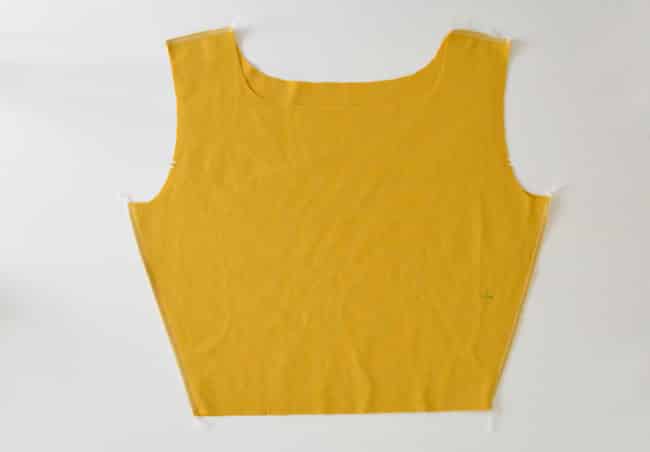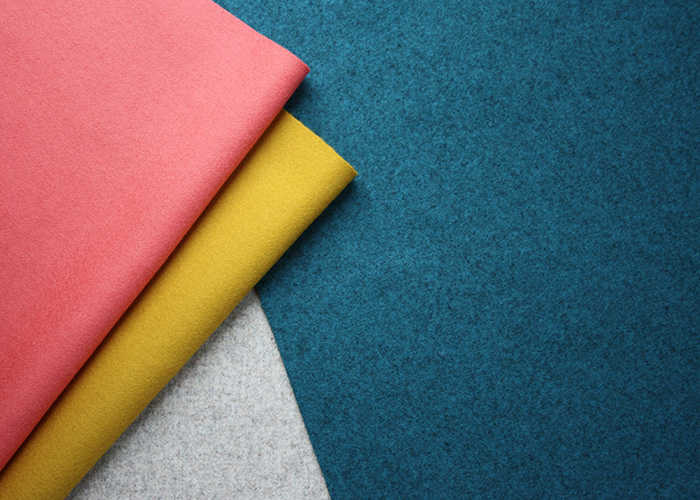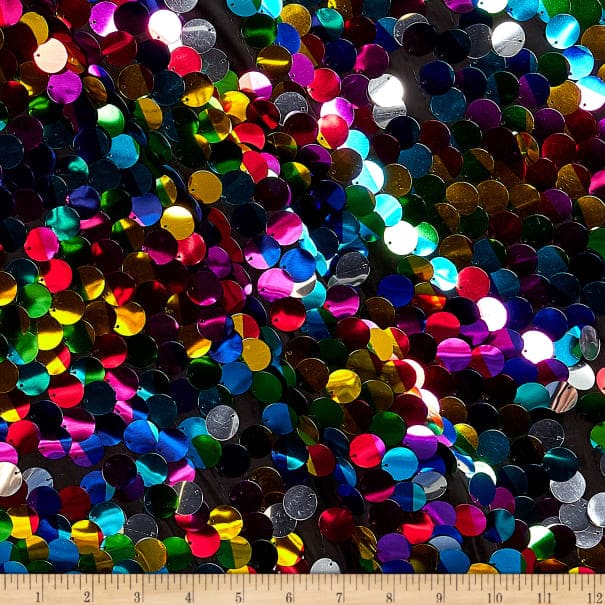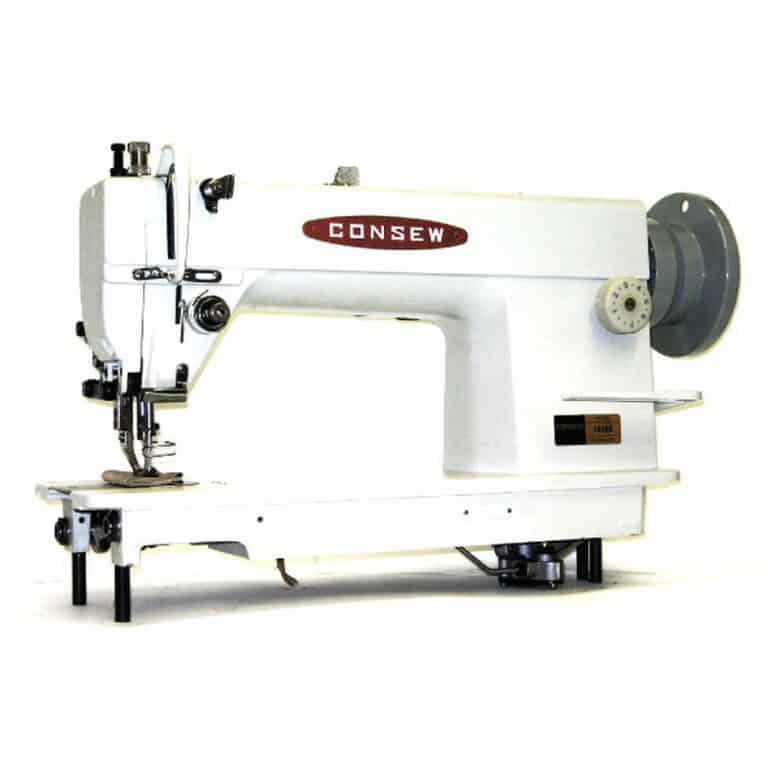Beaver Cloth Fabric: History, Properties, Uses, Care, Where to Buy
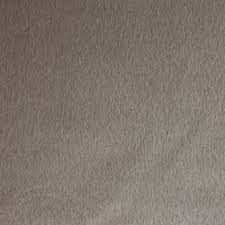
When you first read the name of this fabric, the image of cute little beavers must have popped in your head. But as supporters of eco-friendly items and sustainable clothes, the beaver may have made you a bit reluctant about using this fabric. But let us scratch your itch.
Fortunately, this fabric is made from faux beaver fur and originally from wool. This deception is displayed so people can enjoy the luxurious appearance of fur without harming any animals in real life.
| Content | Description |
|---|---|
| History | Beaver Cloth fabric and its origins |
| Properties | Heavy, Soft, High-Quality, Warm, Absorbent |
| Uses | Hats, Coats, Sweaters, Warm Dresses |
| Caring for Beaver Cloth | Tips for taking care of Beaver Cloth fabric |
| Where to buy | Fabric.com – recommended place to buy Beaver Cloth |
| Recommended Reading | Chapters on sewing essentials and fabric information |
Table of Contents
History of Beaver Cloth Fabric
It is believed that after 1650, the hat makers in Europe learned about how the people in North America used real beaver fur as lining because it made good felt. In a journal drafted in 1809, Alexander Henry explained how beavers were hunted for their luxuriously thick fur.
However, soon the animal rights activist intervened and objected to this animal cruelty just to satiate some fashion desires. To satisfy people and contribute to the elite fashion without compromising the wellbeing of beavers, wool fibers were coated heavily. They were napped and pressed down so that it could imitate the look and properties of real beaver fur.
This was named as beaver Cloth, but it is made initially from faux beaver fur. It is believed that Beaver Cloth was manufactured in the 20th century when the making of faux fur was introduced.
Properties of Beaver Cloth Fabric
Heavy:
As Beaver Cloth is made of wool fibers and is then processed, this fabric is bulky and heavy to carry. You have to make sure if you can easily carry it and wear it before using it to design a chic sweater or coat.
Soft:
Beaver Cloth resembles the touch and texture of the real beaver fur. The goal to make this cloth seem like the real fur was achieved as this cloth is incredibly soft and comfortable.
High-Quality:
This fabric is a fine piece of cloth, and it is made from high-quality wool fibers that are durable and sturdy.
Warm:
Beaver cloth is warm and thermally insulated, which makes it ideal for designing of winter apparel.
Absorbent:
This fabric is very absorbent and has high water retention. You can wear it on a rainy day, and you will stay completely dry underneath.
Uses of Beaver Cloth Fabric
Hats:
Luxurious hats that have a soft inner lining made from felts are also made from this cloth. Designing of fancy and delicate hats is the earliest application of Beaver Cloth.
Coats:
The gorgeous overcoats and stunning jackets for celebrity showcases are usually made from this sustainable cloth.
Sweaters:
Winter sweaters and warm clothing items are made from Beaver Cloth fabric.
Warm Dresses:
Many stylish dresses like shirts and casual wear are designed from this warm and ravishing fabric.
Caring for Beaver Cloth Fabric
Think of this Fabric as your child, whom you should take good care of. You can’t mess up with this fabric because it is quite expensive and precious. It must be one of the elite clothing items in your wardrobe!
Protect this fabric from dust, and you can only achieve this by wearing it occasionally. Brush this fabric often and hang it neatly in your closet, we recommend that you use a clothing bag to keep it packed and secure. Avoid staining this fabric at all costs! If you have been wearing a Beaver Cloth for too long, take it off; otherwise, the fibers will be crushed.
Try to remove excess moisture whenever needed! It is the prized possession you can’t afford to lose!
Where to buy Beaver Cloth Fabric
We recommend buying Beaver Cloth fabric at Fabric.com.


